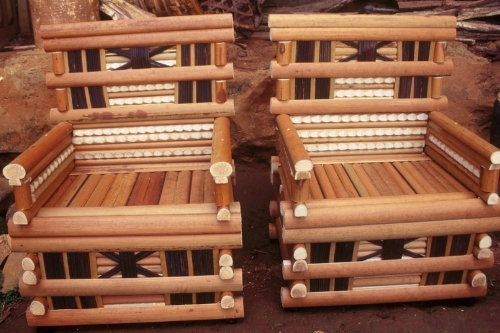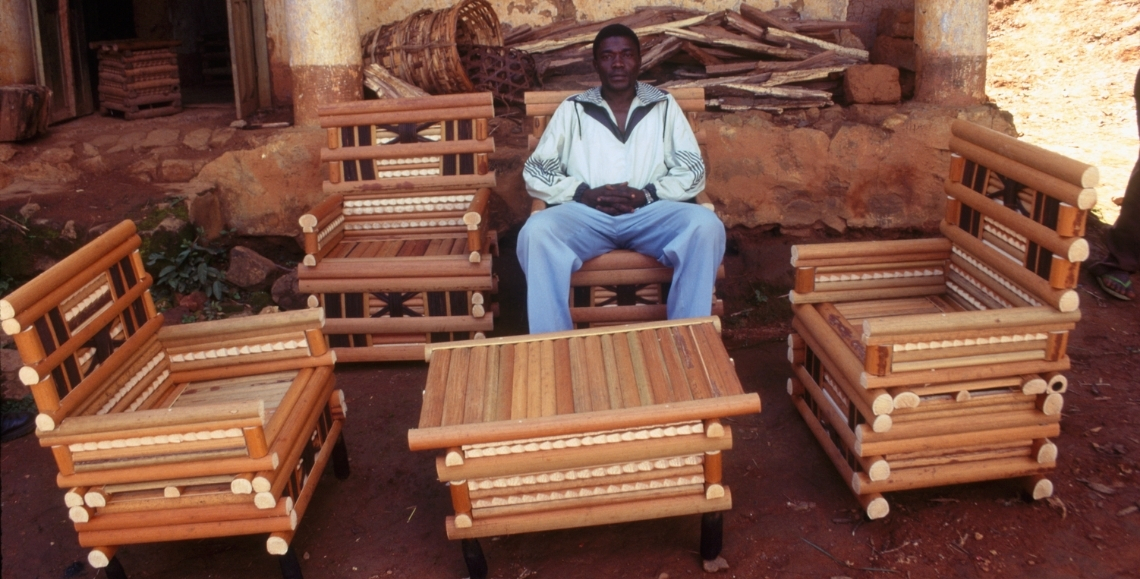Learning a New Culture in Central Africa
I left the United States for the first time at age nineteen to spend a summer living with a family in Cameroon in Central Africa. That brief, intense experience determined the rest of my life.
Africa was portrayed then, in movies and on television, by Tarzan, Jungle Jim, and their female counterpart, Sheena, Queen of the Jungle. These Euro-colonial fantasies featured lone white heroes, or a heroine, demonstrating their superiority over hordes of Black “natives” on their own turf, a hot steamy jungle in which the minimally, or strangely, clad “natives” performed bizarre rituals. Arriving in Cameroon in the early 60s, I found notably absent such figments of non-African imaginations.
My hosts, the family of Emmanuel Njoya Mombe, welcomed me “home” to the town of Foumban. Since they would be my parents for the summer, Monsieur Njoya Mombe immediately told me to call him Papa and his wife Maman. That felt normal and nice an ocean away from my family in New Jersey. It was also the beginning of my having a second home and a second family in Africa.
Foumban, the cool dry highland town where I would spend two months, was the capital of the culturally rich Bamum kingdom. It had two museums and a royal family with a palace built in the early 20th century by the legendary King Njoya.
My first clue to the profound meaning of my initial African experience, and the beginning of my Global African Diaspora consciousness, was a single comment.
“This furniture is Bamum. It is not European,” Papa said as he showed me around the family home.


